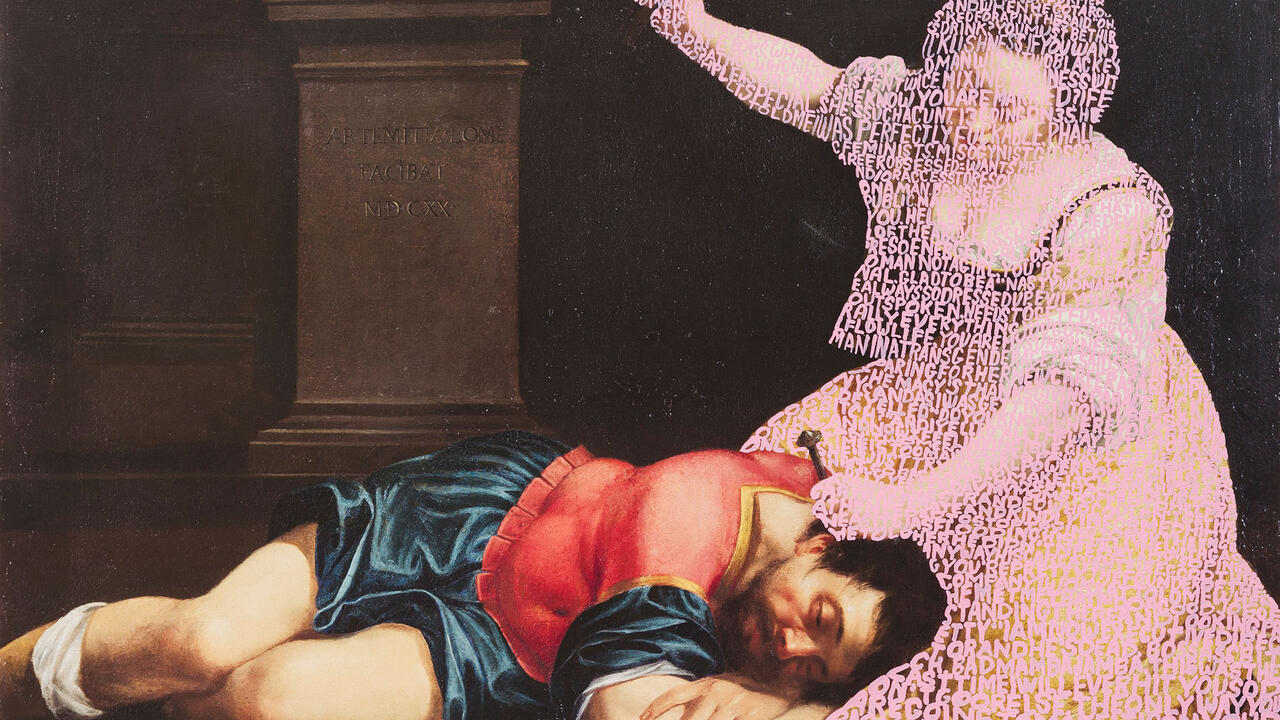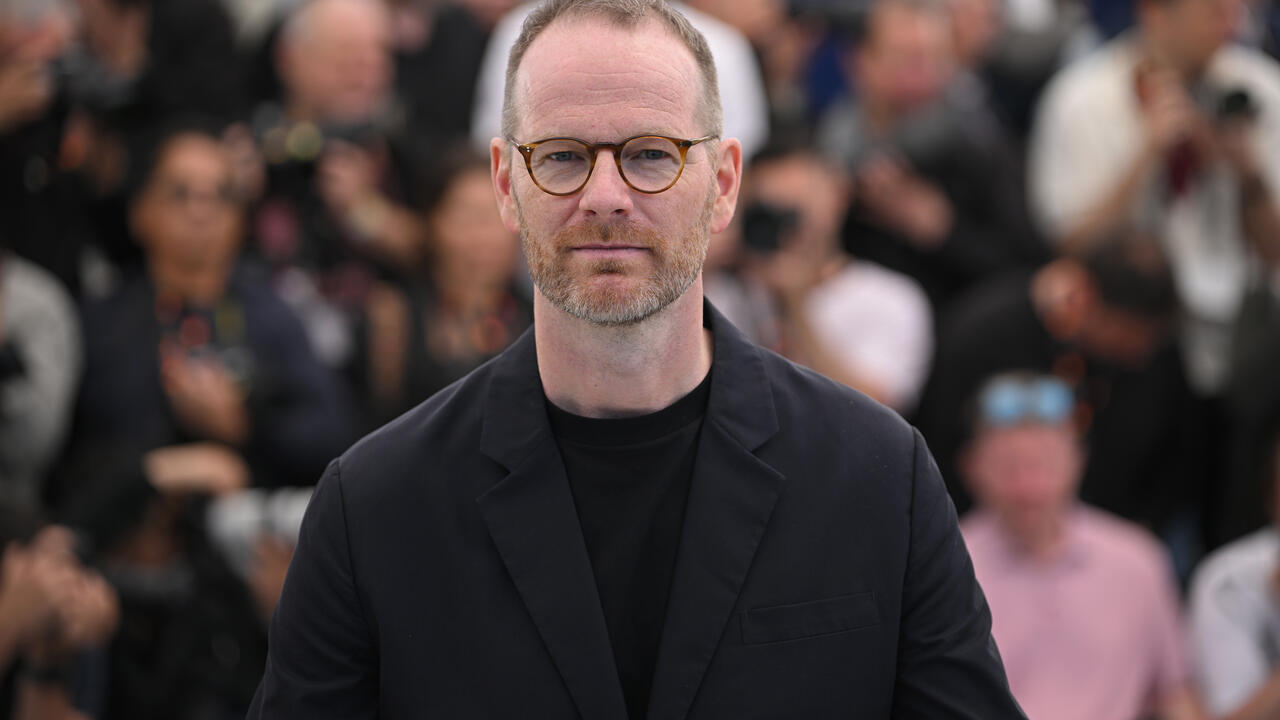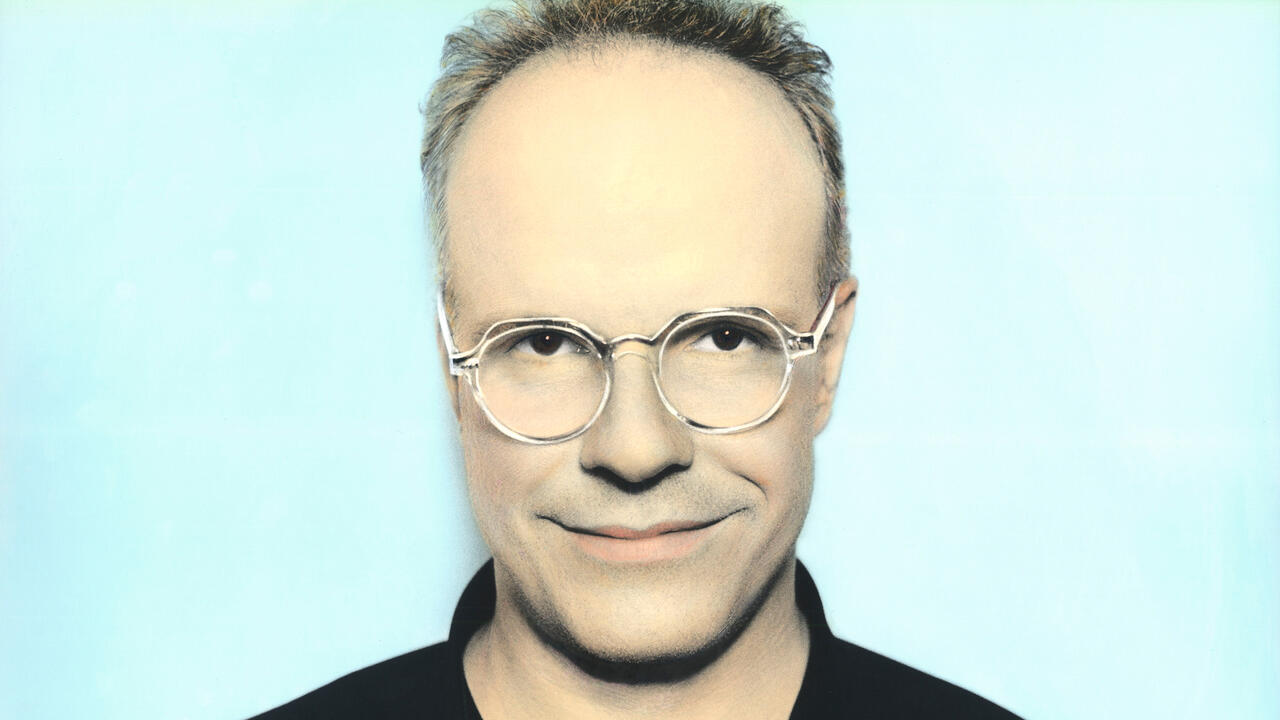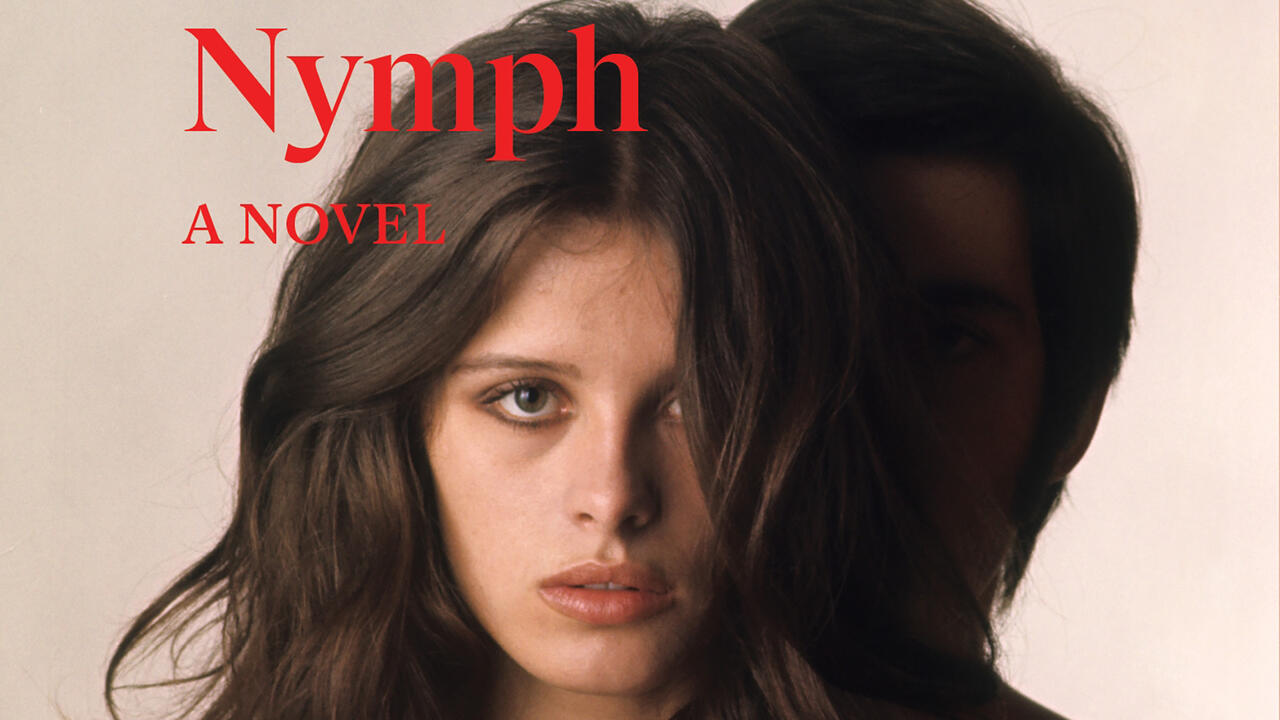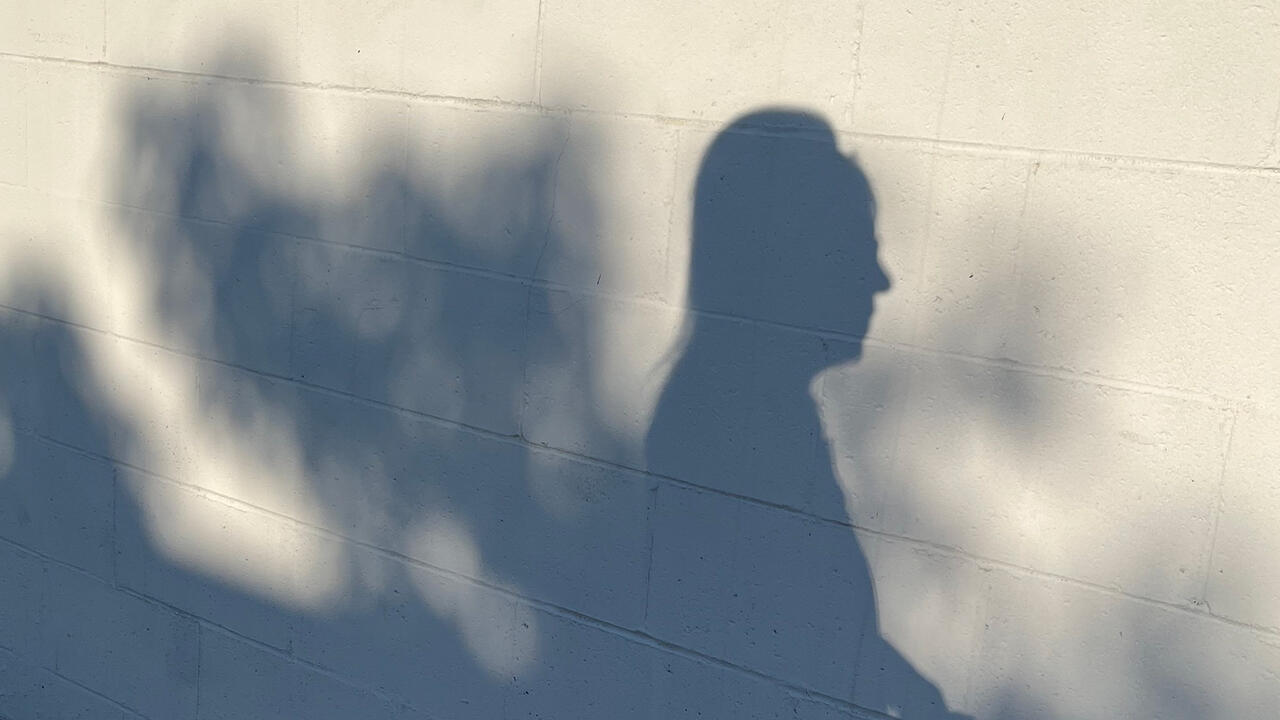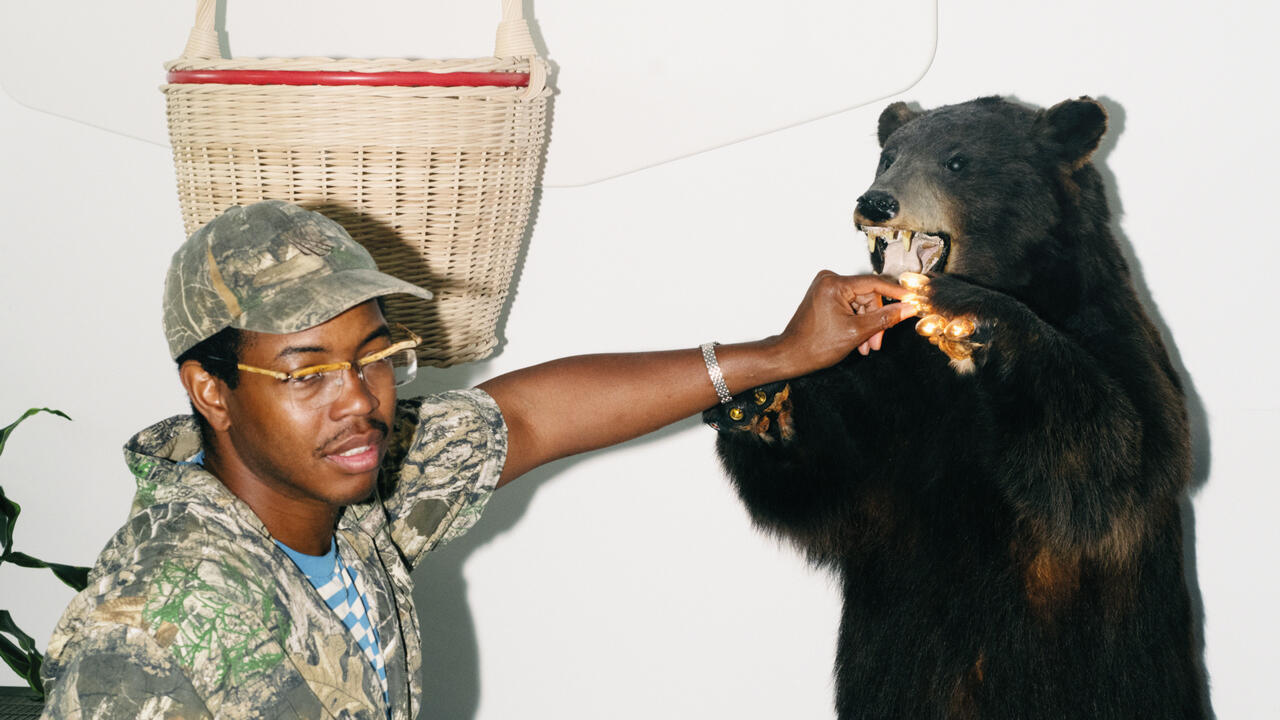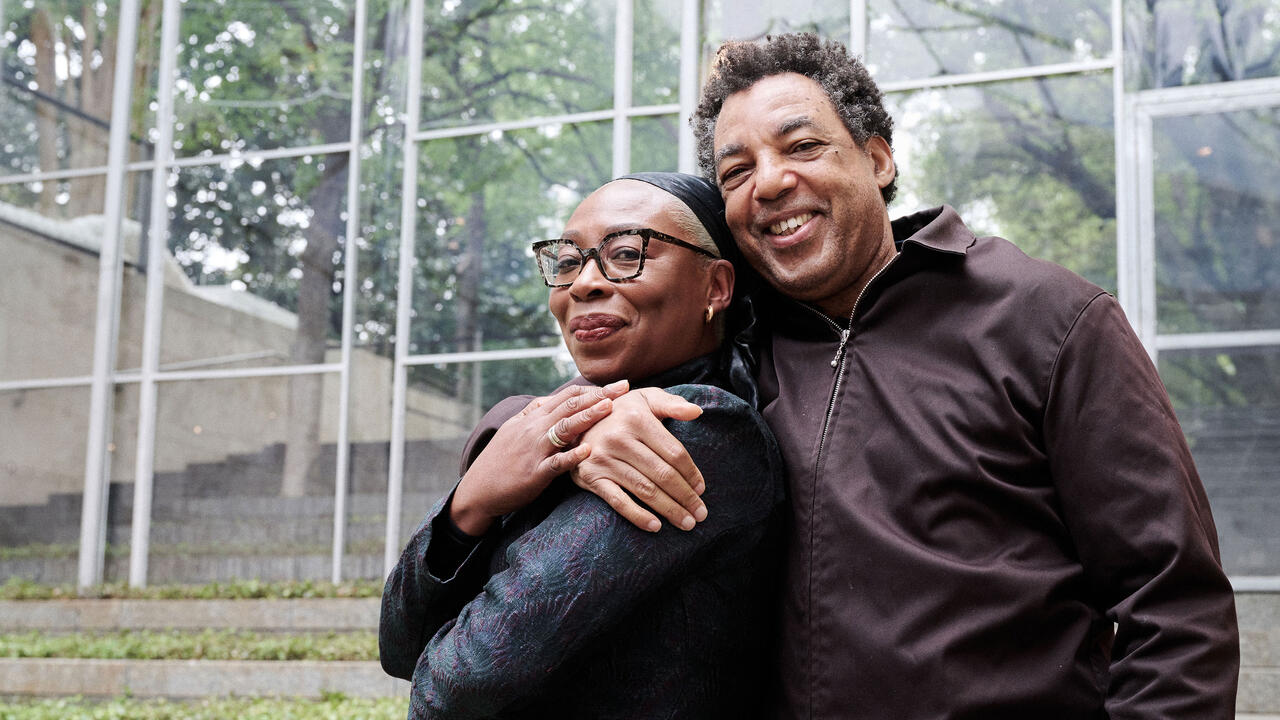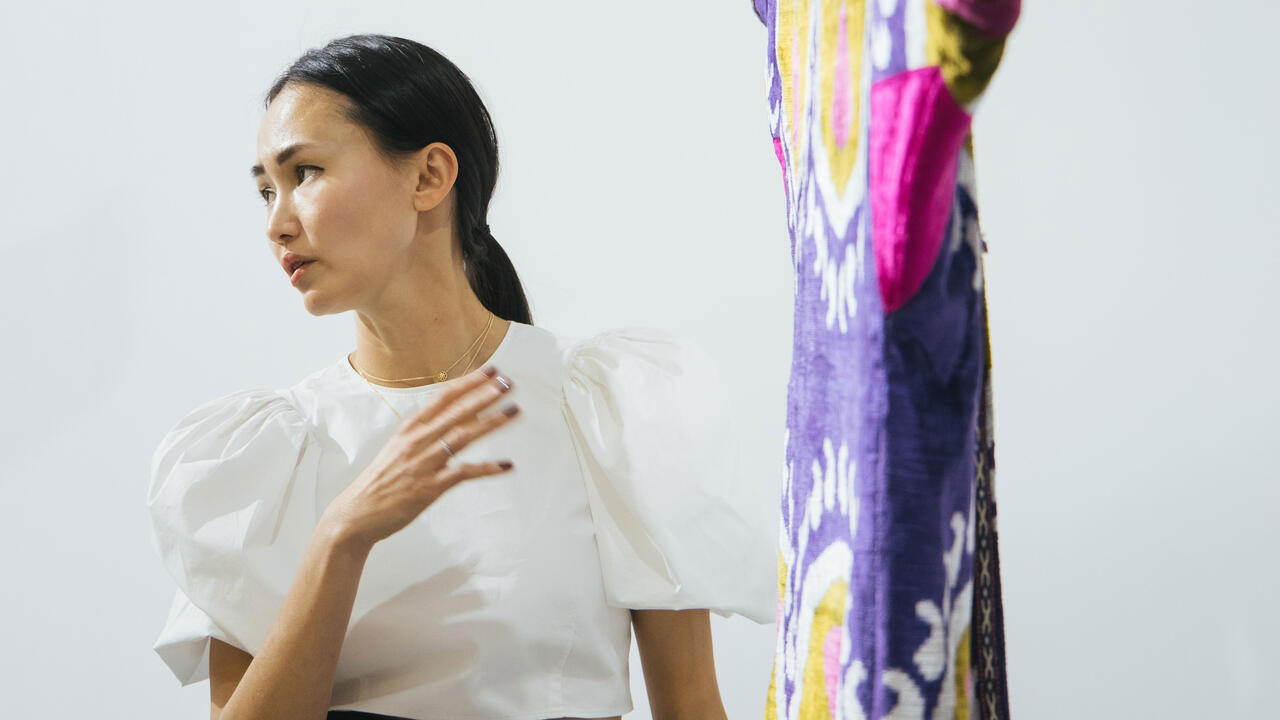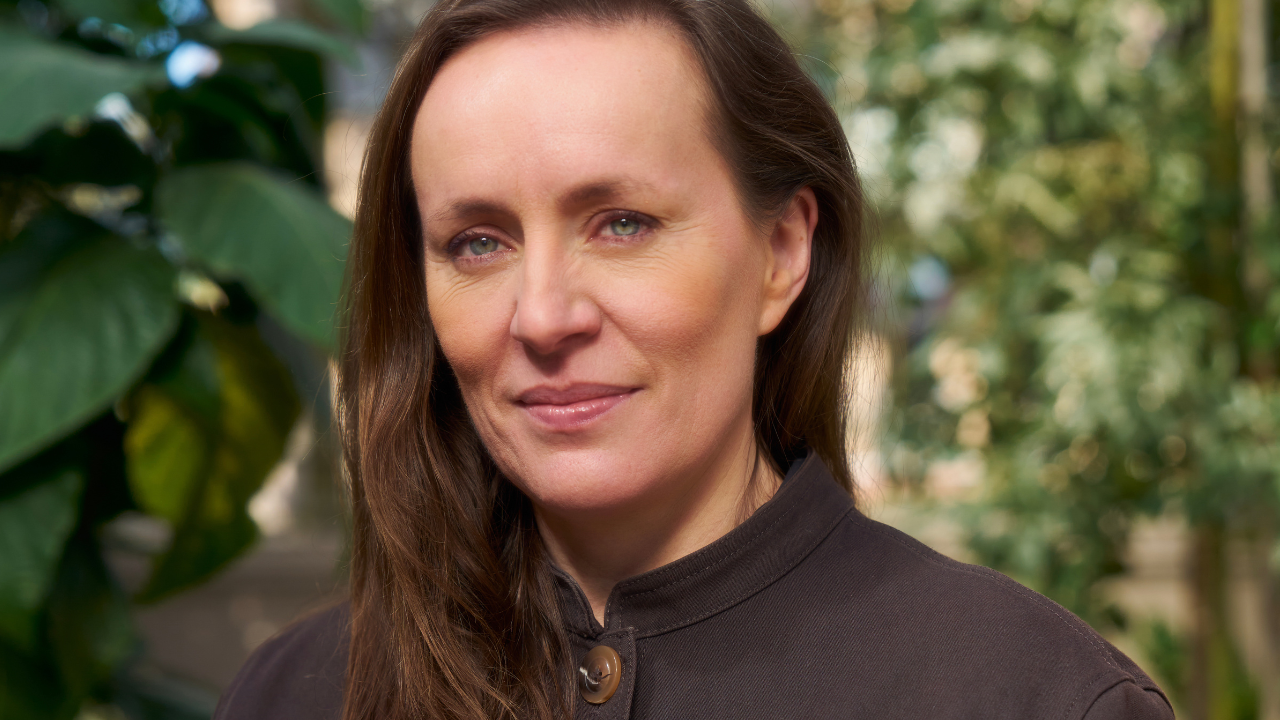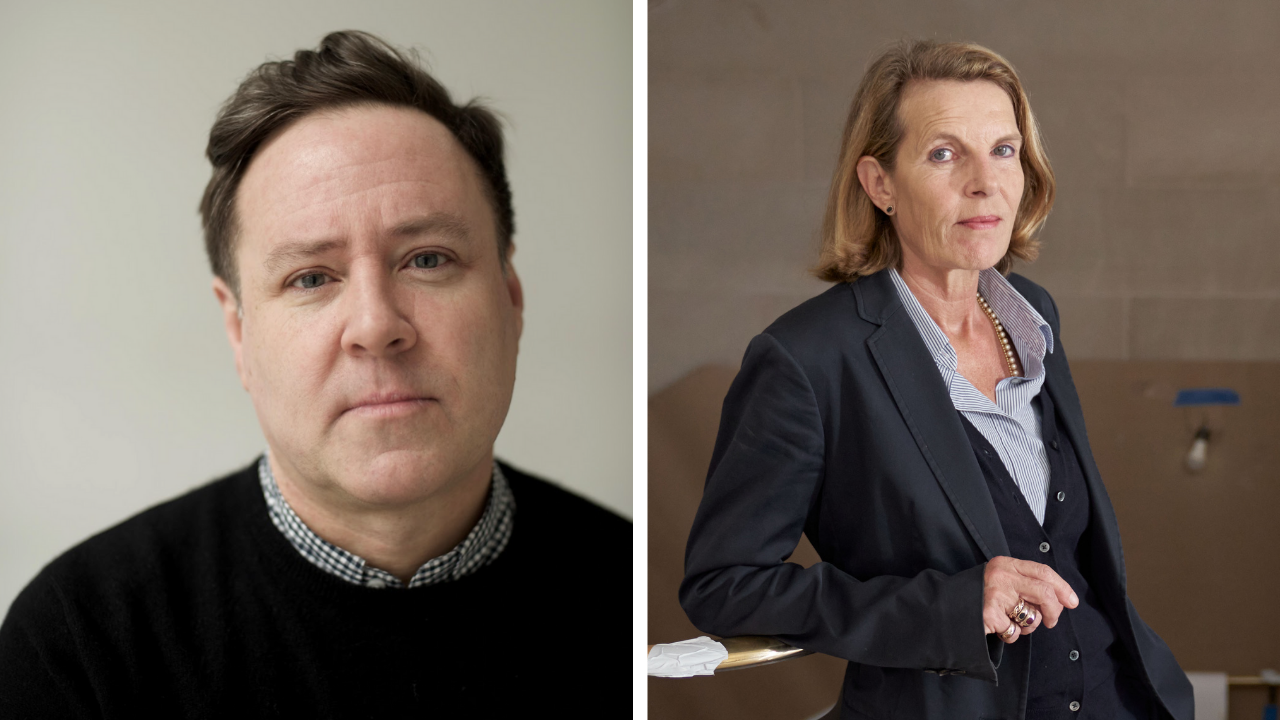Ruben Östlund: ‘The Square Becomes What We Make Out Of It’
Ahead of the Oscars the director of the art world satire talks about making the real-life Square, the Swedish monarchy and male moral failure
Ahead of the Oscars the director of the art world satire talks about making the real-life Square, the Swedish monarchy and male moral failure

Jörg Heiser Writing the script for The Square, how did you develop the film's central character Christian, who is the director of an art museum in Stockholm? Did you think of Chris Dercon, former director of Tate Modern whose start as head of Berlin's Volksbühne theatre, similar to what your protagonist experiences, has been surrounded by protests and a social media firestorm?
Ruben Östlund No - what I knew very quickly when I developed the personality of Christian was that I didn't want to give him any real specialties as a character. I wanted him to be controlled by the position he has in the system. For example, if you're a chief curator in a museum, what influences you in your work? Of course you're a human being, you have different interests and needs - but then there are all these other factors: the donors and sponsors of the museum, the state that is putting money into it, you have to think of your reputation etc. That is my directing style: whether it's the museum director or the artist or the PR person - I never consider the characters other than in terms of the social position they find themselves in.

JH How did you approach researching the contemporary art scene? I know you met with Daniel Birnbaum, director of Stockholm's Moderna Museet ...
RÖ Yes, and that was very helpful. When I started to do my research, I travelled around quite a bit, going to many contemporary art museums. You get to see a lot of good stuff, but you also see the same kind of art pieces over and over: a certain type of neon wall text, say, next to some objects on the floor. Part of the reason these objects are there is simply economical, having to do with certain conventions of collecting. When Duchamp first set out to create the readymade, he wanted to provoke and question the conventions of what it means to put art on display. But nowadays that has been completely absorbed and replaced by other concerns and values. So I simply wanted to find out what kind of relationship we still have to these objects in these rooms.

JH However, what gets Christian into trouble in the film are not the objects in the White Cube but the participatory, performative art work: The Square, which is a piece of public art which causes a media scandal. I was surprised to learn that you, together with the veteran film producer Kalle Boman, had actually realized such a public art piece prior to the shooting of the film.
RÖ Yes, the idea had first come up in the wake of my film Play of 2011, which tells a story about boys mugging other boys in Gothenburg, where I live. The so-called bystander effect played a big role: no adults helped the kids, and the kids didn't ask for help. So the idea of The Square was: maybe we can create a symbolic space where we can break this bystander effect. It's a bit like with a pedestrian crossing - we have built a very strong agreement that car drivers should be mindful of pedestrians. It's quite a beautiful thing if you think about it, that we managed to do this with a couple of lines on the street. The Square also is just a white, four by four metre outline on the pavement. The idea was to build a culture around it, making this symbolic space a reminder of the importance of us being responsible fellow citizens. In 2015, a design museum in Värnamond, a small town in Sweden, invited us to realize the project. There are now four squares in four different cities, including Gothenburg.
JH How are they actually perceived by the public?
RÖ In Värnamond, people seem to collectively work on making others aware of the existence of that symbolic space. For example, the police have taken school children to this space and have talked about basic values of how we should treat each other. There was also a group of physically handicapped people that demonstrated in the square because some benefits had been taken away from them. The motto of the piece is this: ‘The square is a zone of trust, within its bounds we share equal rights and obligations.’ So the square becomes what we make out of it.

JH Yet for the film, you decided to make a satire of your own art work! There is the scene early on in which the equestrian statue of the Swedish king is taken down with a crane - and in a slapstick moment, its head is ripped off. The Square is put up in the same spot, so you seem to suggest that there is an awkward break with tradition going on?
RÖ If you look at the idea behind monarchy, then you can definitely not say that everyone has equal rights and obligations. So it doesn't fit at all with the idea of the square. That's why I thought it would be nice to create a scenario in which the Swedish monarchy is over and the Royal Palace in Stockholm is turned into an art museum. But there is another aspect about the statue: in Gothenburg, me and Kalle Boman have suggested to move the statue of King Charles IX, who reigned in the early 17th century, to another square where a statue of his son stands, King Gustav II Adolf. We want to take the kings down from their pedestals and put them next to each other, a project we have called Daddy Come Home. When they are standing next to each other, maybe we have to ask ourselves: where is mother? Where is Christina of Holstein-Gottorp? We thought of having a sculpture competition for someone to make the first public statue of a female member of the royalties, as there is none anywhere in Sweden. And then we would make a Square in the spot where Charles IX was standing.

JH What was the reaction to your proposal?
RÖ People got so provoked. Sometimes people get provoked by my films, but this time, people have been sending used adult diapers! And strangely, it's people from the extreme left to the far right who agree on wanting to keep the statues as they are.
JH In the movie, what causes public outrage is a video that goes viral of a blond beggar child being blown up in The Square, dreamed up by two PR guys who run the marketing campaign. Have you been looking at television comedy as inspiration for this part of the story?
RÖ The point is to identify a dilemma: there are two options but neither is actually a good one. A lot of stand-up comedy actually builds on that kind of dilemma. The actors playing the PR guys actually do work in the advertisement industry. I didn't want to portray them in a cynical way, but to see how they try to adapt to the media landscape we are actually dealing with. They genuinely want to do a campaign to bring attention to the humanistic message connected to the The Square. The satirical element then is that you have that message and do something that is completely opposed to it, something cynical. And the media walk straight into the trap. Finally, the installation does get attention because you created that conflict. My aim was to bring up the crisis of the media that we are experiencing these days, where people’s attention is a higher priority than the actual content.

JH Something you have at least tangentially also been involved with was the so-called Kulturmannen-debate that unfolded in Sweden in 2014. Feminist writer Ebba Witt-Brattström attacked famous Scandinavian writers such as Stig Larsson and Karl Ove Knausgård for allegedly perpetuating the role model of the sexist, male bondage-loving, even unashamedly paedophilic Kulturmannen, the ‘culture man’. The debate dominated Swedish papers and media for weeks. Did that debate have an influence on your portrait of Christian the museum director?
RÖ Yes, definitely. There was a 2015 novel by Lena Andersson, Widerrechtliche Inbesitznahme (Illegal Seizure), which also became part of the debate. It's fictional, but based on real experiences of her relationship to a famous Swedish film director. Looked at it one way, she was a sort of stalker as she really admired him, and he was very clear that if he didn't call someone back in five days, he wasn't interested in collaborating. But she didn't get that, and continuously tried to meet him. Eventually he began to take advantage of her. The kind of relationship that Anne, the TV journalist played by Elisabeth Moss, has with Christian in the film, is playing on that: the almost economic but unspoken agreement between two people having sex.

JH Christian is like a ten-year-older version of Thomas, the family father in your previous film Force Majeure (2014), who abandons his wife and kids during an avalanche. Both men are successful in their job - but both are also failing terribly on an ethical level. You seem to be drawn to male moral failure amidst luxury. Why do you keep coming back to that subject matter?
RÖ For me, Christian is indeed a divorced Thomas. Looking at yourself as a man, and looking critically at the social advantages of being a man, and how you use that power, is very connected to, more generally, being politically aware in our times. It creates a strong feeling of having to deal with people's expectations of who you should be. That kind of pressure on men is probably a new thing. That's why I'm interested in investigating it.

JH There are moments both in Force Majeure and The Square where what still could be described as a realistic scenario tips over into something quite surreal, almost in the style of Luis Buñuel. For example when in The Square a chimp appears in Anne's apartment, as if out of nowhere, and sits down casually on the sofa. Or when during the museum patrons' dinner the performance turns ultraviolent.
RÖ Yes, definitely. When I was working on my earlier films Involuntary (2008) and Play, I was still much more concerned with realism or naturalism. But I was also starting to become interested in making a contract with the audience that we are dealing with a realistic scenario, but then go into a more abstract, surreal mode. I wanted to be more playful. Often you're looking at a film and you have detected the contract between the director and the audience and you become secure within that expectation. For me, it's important to create dynamic not only in terms of rhythm, but also through aesthetics, the style of a film. If you only see beautiful shots all the time they stop being beautiful. But if you see one beautiful shot followed by five ugly shots and then a beautiful one again, then you can experience the beauty.
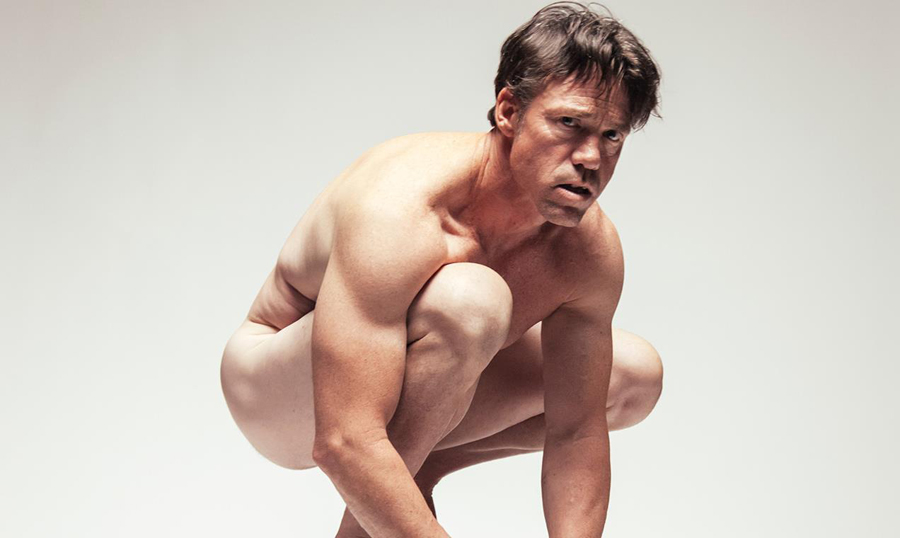
JH In the film, the performance artist acting like an ape is called Oleg Rogozijn, which reminds of Oleg Kulik whom in a famous performance at Stockholm's Färgfabriken back in 1996 performed as a biting dog on a leash. Did you ever consider using actual artists with actual works?
RÖ I considered it, but I did want to have a performer imitating an ape, and we were fascinated with Terry Notary doing it, who had worked in motion capture technique on the Planet of the Apes reboot series. But yes, Kulik's piece was an inspiration. We do have some real artworks in the film, for example the neon saying ‘You Have Nothing’ is by Berlin-based artist Ruby Anemic.
JH There you got me, because I thought that was a parody.
RÖ And the text quoted by Anne when she interviews Christian, with all the babble about ‘the exhibitable’ and ‘the exhibition as non-exhibition’ - I stole that from an actual press release.

JH Yet you move beyond merely parodying the art world towards a larger question: how Sweden's welfare state has been gradually eroded by neo-liberalism, and how that created a kind of moral vacuum.
RÖ Definitely.
JH But you must be aware how easily the art world is turned into the scapegoat for the hatred of the so-called cosmopolitan, cultured elite? It's something the far right pounces on, they despise contemporary art. Was that something you considered during the making of The Square?
RÖ I myself have been accused of making films that are too intellectual, too ‘elite’, that they should be more entertaining etc. So I have no problem with contemporary art as long as it is not just reproducing itself and the conventions. But I also think it’s silly if the art world defends itself against any kinds of reproaches simply by saying ‘this is populism!’. Hiding behind that argument, trying to neutralize that criticism, doesn't really help.
Main image: Ruben Östlund, The Square, 2017, film still. Courtesy: Magnolia Pictures








